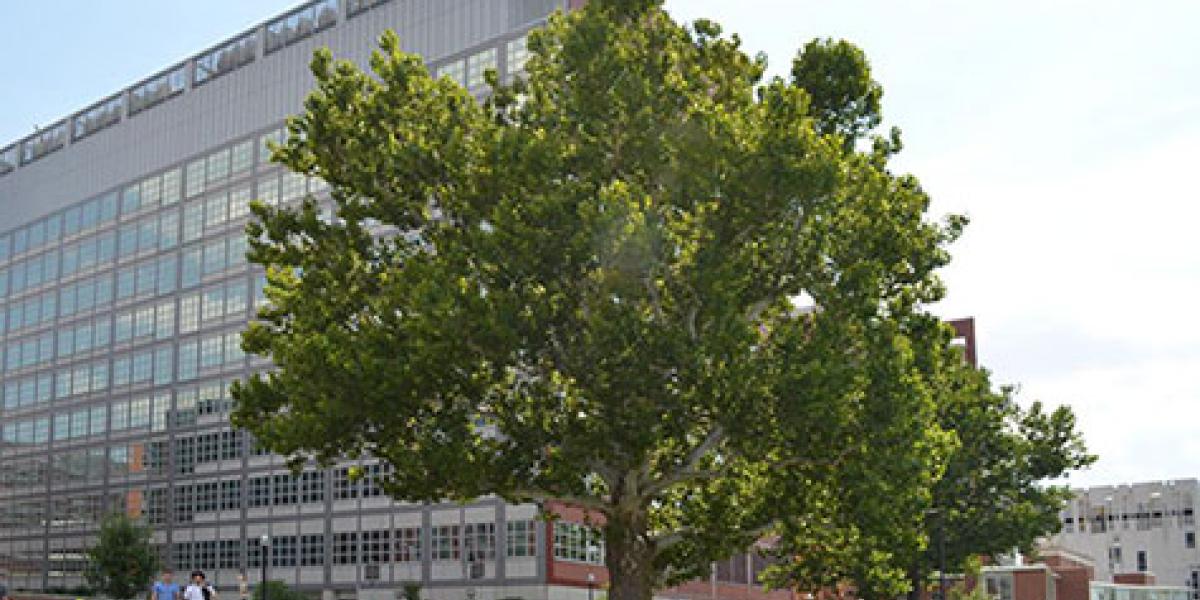A new app is sprouting from the soil, and it’s helping the university track and care for its trees. The Ohio State University Tree and Plant App was created by Planning, Architecture and Real Estate, with data in the university’s GIS system.
“You can come to this map, click on it, identify, locate, and learn something about the trees on campus,” said PARE GIS analyst Andrew Neil. “The end goal is that this will help protect our trees and inform people about their benefits.”
The database includes around 40,000 trees, even tracking trees that have been removed during the years. More than 16,000 arbors are still standing on campus, each entry accompanied by details like tree type, size, condition and pictures. Users can filter maps to look for specific details like genus, species, common name and more.
“Protecting our trees and creating more opportunities for greenspace across campus are going to provide a healthier and safer community for everyone,” Neil said.
In 2011, Chadwick Arboretum and Learning Gardens teamed with the university landscape architect to identify and map trees on campus. Starting in 2015, PARE student interns and Facilities Operations and Development's (FOD) Landscape Services group staff took over the effort.
Stephen Schneider, FOD's landscape services planner, says building relationships is paramount.
“Having a partnership with PARE has been a pleasure,” Schneider said. “They have helped us get the inventory program up and running. Having an updated inventory is an important part of our urban forest management.”
Keeping track of tree data is also part of Ohio State’s Tree Campus USA certification, a distinction Ohio State has held since . Colleges and universities can receive the annual recognition from the Arbor Foundation by meeting several standards that show their dedication to the campus environment.
“We’re trying to share this information with the campus community for learning,” Neil said. “It also can be a research tool for faculty, staff and students to download data for their studies.”
The tree map also supports Ohio State’s resource stewardship sustainability goals, specifically its goal to increase tree canopy. Tree canopy is the amount of ground that is covered by trees' leaves, branches and stems from a top-down view. Tree canopy also refers to how much shade a tree lends. Older, larger trees provide more canopy than younger, smaller trees.
“Having a healthy amount of tree canopy provides a number of benefits to the campus community, such as cleaning the air of pollutants, filtering and storing stormwater, sequestering carbon, providing habitat for wildlife, and creating cool and inviting places for recreation,” Neil said.
The database also identifies memorial and heritage trees on campus. A memorial tree is paid for in honor of a person or event, and heritage trees are larger trees, widely considered irreplaceable. The benchmarks for heritage trees include age, biological, ecological and historical value. Neil says they must be protected.
“The bigger a tree is, the more benefits we get from it, “Neil said. “They’re cleaning the air, treating stormwater and providing shade and habitat for animals and people.”
View PARE’s campus tree mapping database.

